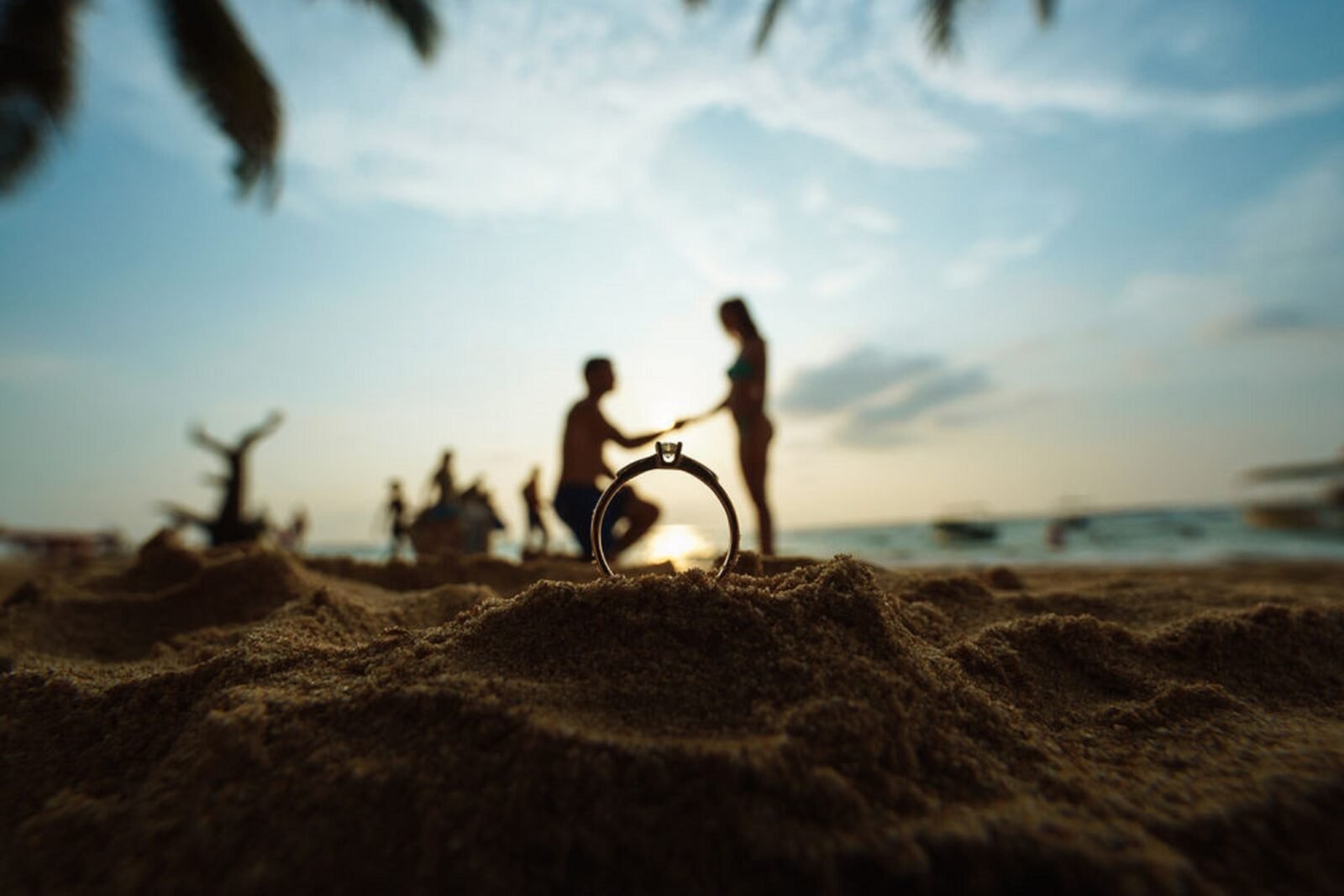An engagement ring is not just a piece of jewelry; it is a symbol of love, commitment, and the promise of a shared future. It represents the journey that a couple is about to embark upon and the love that binds them together. But when it comes to choosing the perfect ring, especially when we talk about engagement diamond rings, the process can be overwhelming. With so many factors to consider, from the 4Cs of diamonds (Cut, Color, Clarity, and Carat weight) to the style and setting, how do you ensure that you’re making the best decision? This guide aims to demystify the world of diamond rings and provide expert tips on selecting the perfect symbol of your everlasting love.
Understanding the 4Cs of Diamonds:
The four Cs stand for Cut, Color, Clarity, and Carat weight, and they are the universal standards for assessing the quality of a diamond.
Cut: The cut of a diamond doesn’t refer to its shape, but rather the precision of the diamond’s facets. The cut affects a diamond’s brilliance and sparkle. A well-cut diamond will reflect light beautifully, making it appear more brilliant.
Color: Diamonds come in a variety of colors, but the most valuable are the colorless or white diamonds. The Gemological Institute of America (GIA) grades diamond color on a scale from D (colorless) to Z (light yellow or brown).
Clarity: This refers to the absence of inclusions and blemishes. The fewer the imperfections, the more beautiful and valuable the diamond is.
Carat Weight: This is the measure of how much a diamond weighs. A larger carat weight usually means a larger size, but it’s essential to consider the other three Cs for a quality diamond.
Expert Tips on Choosing the Perfect Engagement Diamond Ring:
Choosing the perfect engagement diamond ring involves much more than knowing the 4Cs. It’s about understanding your partner’s style, considering your budget, and knowing where to shop.
Here are some expert tips:
Understand your partner’s style: Pay attention to the jewelry your partner currently wears. Do they prefer vintage or modern? Gold or silver? Ornate or simple? This will help guide your selection.
Set a budget: Before you start shopping, decide on a budget. This will help narrow down your options and prevent you from overspending.
Shop from reputable jewelers: Always buy from a reputable jeweler who can provide a diamond grading report and who has a good return policy.
Current Trends in Diamond Engagement Rings:
Today, lovebirds are spoilt for choice when it comes to picking out that perfect symbol of commitment. Diamond engagement rings are evolving, reflecting not only personal style but also the changing times.
One trend that’s been holding strong is the return of vintage. Art Deco, Victorian, and Edwardian-inspired designs are making a comeback, with their intricate detailing and old-world charm. These styles often feature unique cuts and colourful gemstones, offering a refreshing change from the traditional solitaire.
Another trend that’s catching on is the use of unconventional shapes. While round and princess cuts have always been popular, more and more couples are opting for pear, oval, and marquise diamonds. These cuts are not only distinctive but also have the added advantage of making the diamond appear larger.
We’re also seeing a shift towards sustainable and ethical diamonds. In response to growing social and environmental awareness, many jewellers are now offering lab-grown diamonds and responsibly-sourced stones. These options are not only more affordable but also leave a lighter footprint on our planet.
How to Determine the Quality and Value of a Diamond Ring:
When looking to invest in a diamond ring, it’s crucial to understand how to determine its quality and value. Your first step should be to familiarise yourself with the 4Cs of diamonds – Cut, Clarity, Colour, and Carat. This universally recognised grading system provides a comprehensive overview of a diamond’s quality.
The Cut of a diamond refers to how well it has been shaped and faceted. The better the cut, the more the diamond will sparkle. Clarity, on the other hand, assesses the presence of tiny imperfections or ‘inclusions’ within and on the surface of the diamond. The fewer inclusions, the higher the clarity and, subsequently, the value.
Colour is also an important factor. The most valuable diamonds are colourless or near colourless. Lastly, Carat refers to the weight of the diamond. Larger diamonds are rarer and more valuable, but remember, a smaller diamond with higher quality in other areas could be more valuable than a larger, flawed diamond.
Moreover, it’s always a wise decision to ask for a diamond grading report from an independent gemological laboratory. This report will provide an unbiased assessment of the diamond’s characteristics and authenticity.
Conclusion:
Choosing the perfect engagement diamond ring may seem daunting, but with an understanding of the 4Cs, a clear budget, and knowledge of your partner’s style, the process can be enjoyable and rewarding. After all, an engagement ring is more than a piece of jewelry; it’s a symbol of your everlasting love and commitment. Choose wisely, and your diamond ring will be a constant reminder of your love story, a symbol of forever.









Find Us on Socials